Archives
- 2025-11
- 2025-10
- 2025-09
- 2025-03
- 2025-02
- 2025-01
- 2024-12
- 2024-11
- 2024-10
- 2024-09
- 2024-08
- 2024-07
- 2024-06
- 2024-05
- 2024-04
- 2024-03
- 2024-02
- 2024-01
- 2023-12
- 2023-11
- 2023-10
- 2023-09
- 2023-08
- 2023-07
- 2023-06
- 2023-05
- 2023-04
- 2023-03
- 2023-02
- 2023-01
- 2022-12
- 2022-11
- 2022-10
- 2022-09
- 2022-08
- 2022-07
- 2022-06
- 2022-05
- 2022-04
- 2022-03
- 2022-02
- 2022-01
- 2021-12
- 2021-11
- 2021-10
- 2021-09
- 2021-08
- 2021-07
- 2021-06
- 2021-05
- 2021-04
- 2021-03
- 2021-02
- 2021-01
- 2020-12
- 2020-11
- 2020-10
- 2020-09
- 2020-08
- 2020-07
- 2020-06
- 2020-05
- 2020-04
- 2020-03
- 2020-02
- 2020-01
- 2019-12
- 2019-11
- 2019-10
- 2019-09
- 2019-08
- 2019-07
- 2019-06
- 2019-05
- 2019-04
- 2018-07
-
The pathogenesis of d penicillamine induced MG is not
2025-01-17

The pathogenesis of d-penicillamine-induced MG is not clear. The repertoire of anti-AChR kv1.3 inhibitor in d-penicillamine-induced MG has been shown to be similar to that in idiopathic MG in terms of AChR antigenic regions, suggesting a common immune mechanism (Tzartos et al., 1988). About 20% of
-
br LOX in colorectal cancer
2025-01-17
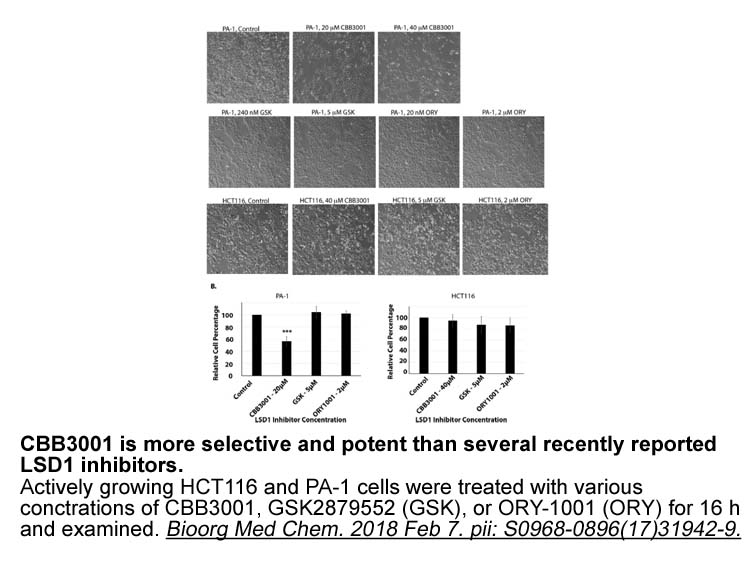
5-LOX in colorectal cancer Colorectal cancer (CRC) like other malignancies exhibits an overexpression of 5-LOX. Ohd et al. (Ohd et al., 2003) revealed in a study that malignant colon tissues overexpress 5-LOX activity and retain elevated levels of inflammatory mediators, leukotrienes. Additionall
-
br Patients and Methods br Results
2025-01-17
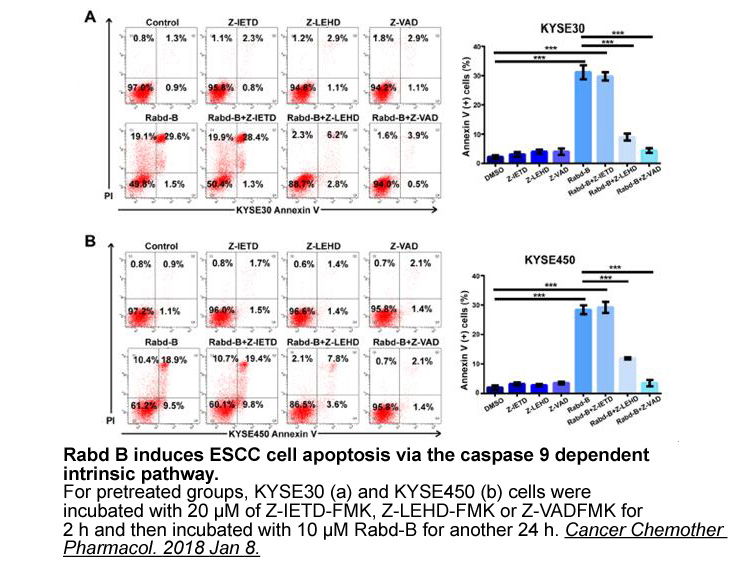
Patients and Methods Results Discussion Gjerdrum et al showed that Axl Ascorbic acid derivative is required to maintain the mesenchymal-like invasiveness of metastatic breast carcinoma cells, but Axl knockdown has no effect on the cell proliferation of MDA-MB-231 cells. Mackiewicz et al al
-
At first the APC is a kDa protein
2025-01-17

At first, the APC is a 310kDa protein divided into three domains such as N-terminal, central core and C-terminal domain [102], plays a major role to regulate the Wnt signaling pathway in human cancer by translating β-catenin from the IL-18, human recombinant protein synthesis to the nucleus [103].
-
The apoptosis promoting Bcl family includes BH only
2025-01-17
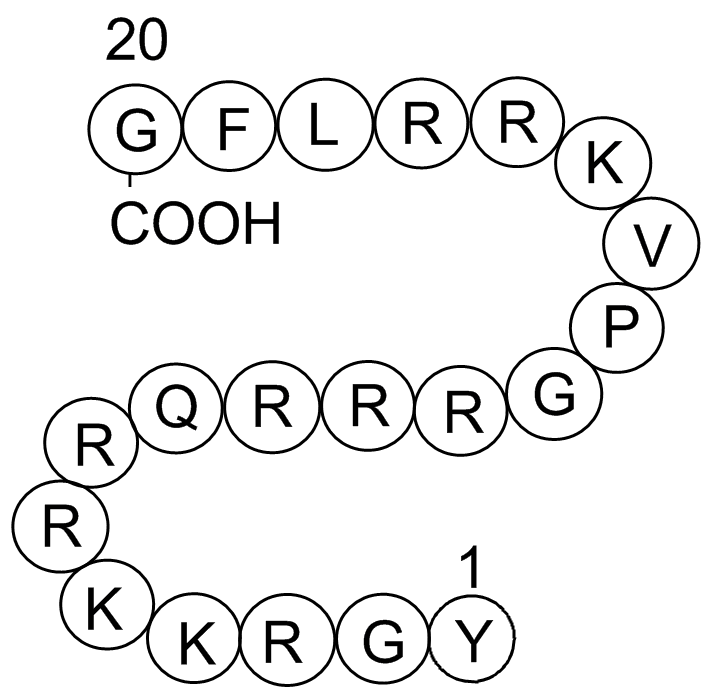
The apoptosis-promoting Bcl-2 family includes BH3-only proteins (e.g., Bim, Bid and Bad) and multiple-domain proteins (e.g., Bax and Bak). At the time of apoptosis stimulation (e.g., DNA damage), only the BH3-only protein is activated, directly or indirectly promoting Bax/Bak oligomerization, changi
-
Among steroid saponins ginsenosides are the active component
2025-01-17
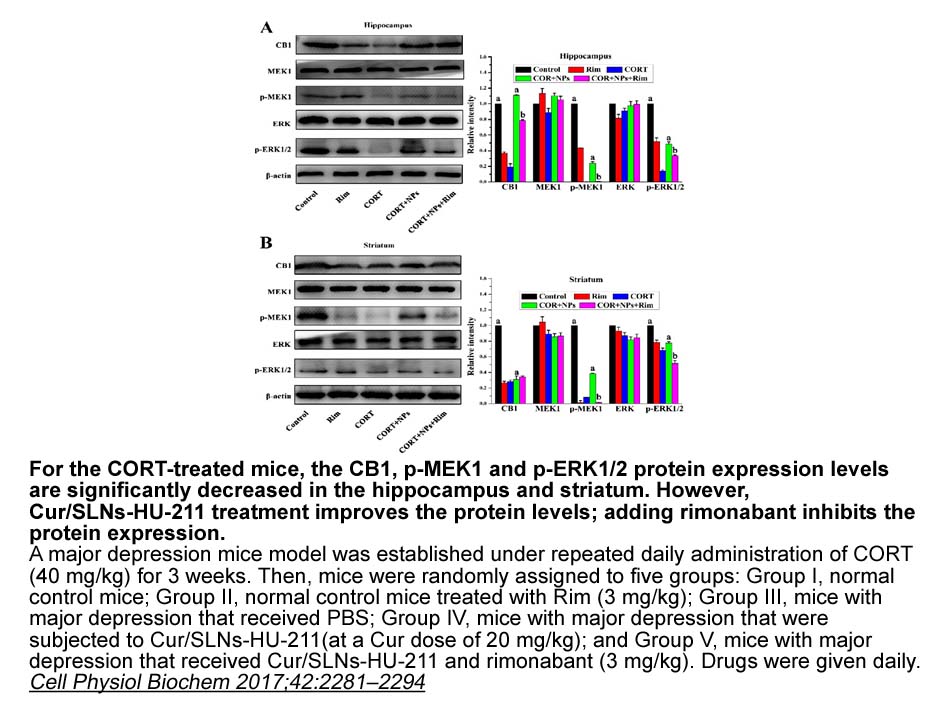
Among steroid saponins, ginsenosides are the active components of ginseng, a well-known chinese medicinal plant. More than hundreds of different ginsenosides have been isolated from ginseng and have shown in the past to be membrane active substances and to influence the membrane by modulating lipid
-
hiv integrase br Concluding Remarks and Future Perspectives
2025-01-16
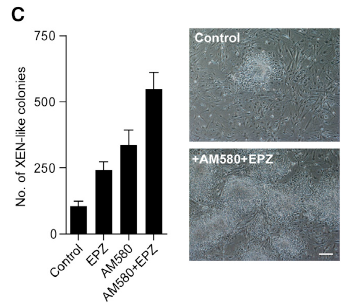
Concluding Remarks and Future Perspectives Fluorescent hiv integrase have helped researchers to elucidate antibiotic MOA and off-target interactions, to screen for new antibiotics, to detect antibiotics in the environment, to track antibiotic uptake throughout cells and organisms, and to detect
-
Heart failure is a chronic syndrome in which
2025-01-16
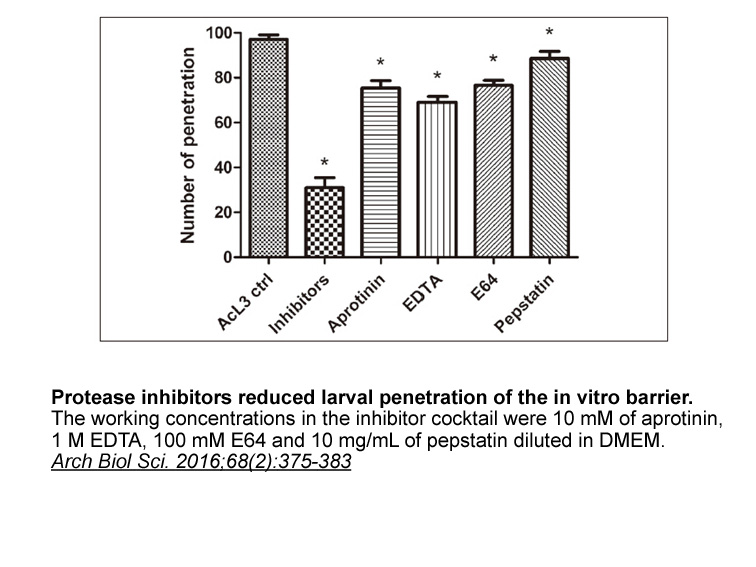
Heart failure is a chronic syndrome in which the heart is unable of pumping an adequate supply of blood to meet the metabolic requirements of the body or generating the required elevated ventricular filling pressures to maintain output [34]. Despite considerable advances in the treatment of heart fa
-
GABA receptor modulator To investigate further the clinical
2025-01-16
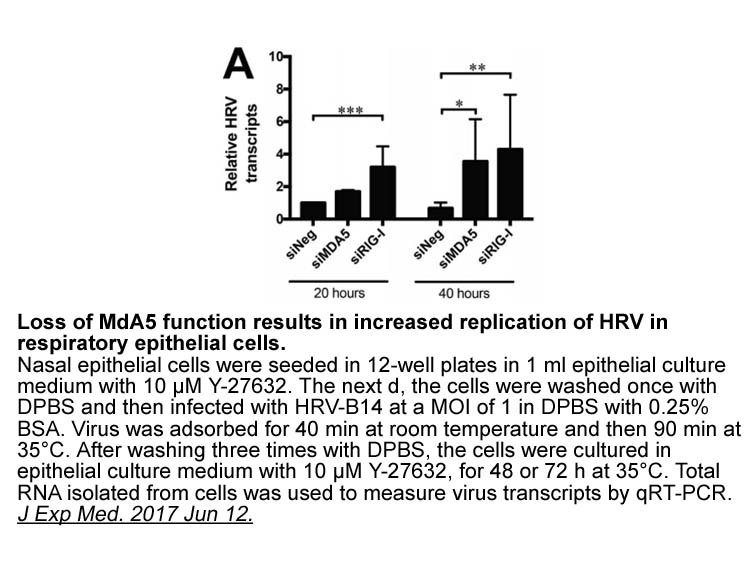
To investigate further the clinical and mutational spectrum associated with -related dyskinesia, we here performed a screen in a large series of patients affected with an unexplained hyperkinetic movement disorder, resulting in the identification of 2 pediatric patients presenting with a novel pheno
-
The activation of the A BR subtype triggers different
2025-01-16
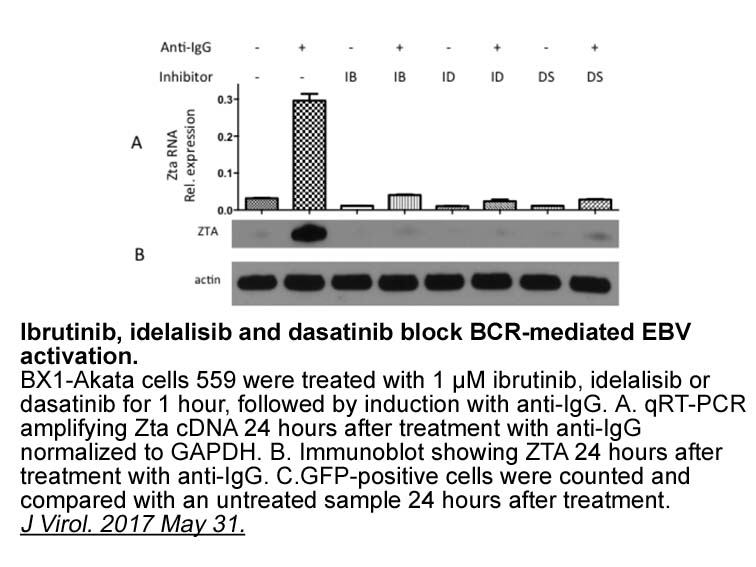
The activation of the A2BR subtype triggers different intracellular metabolic pathways, often linked to the activation of adenylyl cyclase and increased levels of intracellular cAMP (Lynge et al., 2003, Bernareggi et al., 2015). The nAChR-channel Anesthesia muscle relaxant mediated by the cAMP/PKA
-
The A b action occurs in
2025-01-16
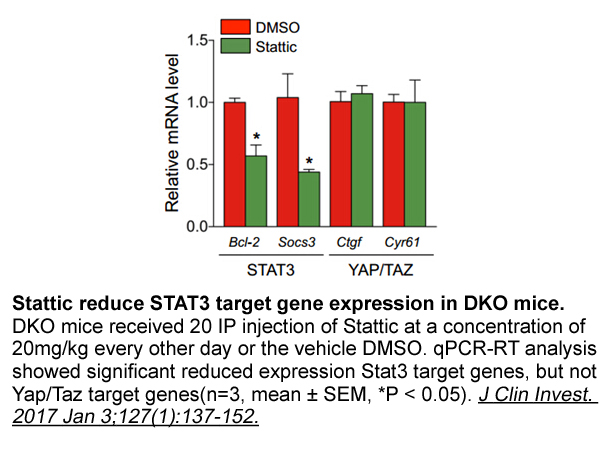
The A2b action occurs in conditions where high concentrations of adenosine is generated, so its blockage does not interfere with other physiological processes mediated by adenosine and others AR [105]. Furthermore the A3 receptor was shown to have pro-apoptotic effects on tumor lines of breast, lung
-
There is also a literature
2025-01-16
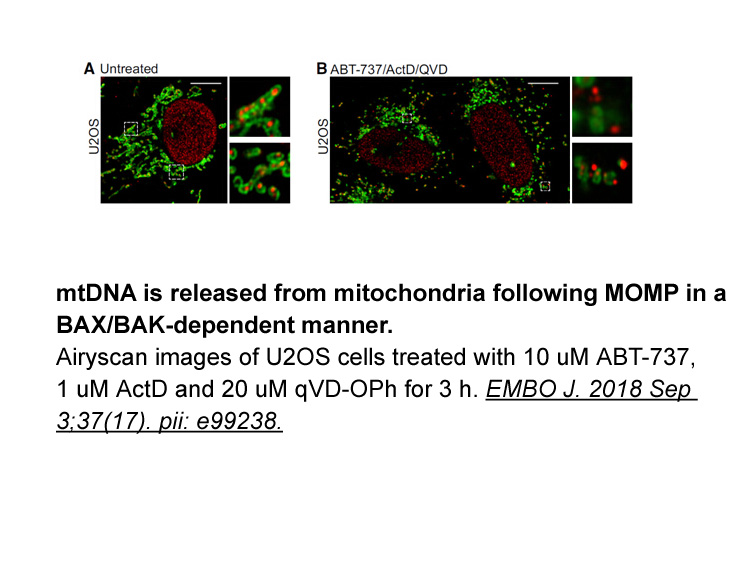
There is also a literature on the impact of commodity (consumption) taxation under imperfect competition. Besley (1989) applies a Cournot model, in which production takes place under IRS and in which free entry leads to an excessive number of firms in the market. Introducing a distortive specific co
-
The first natural product described as LO inhibitor was the
2025-01-16
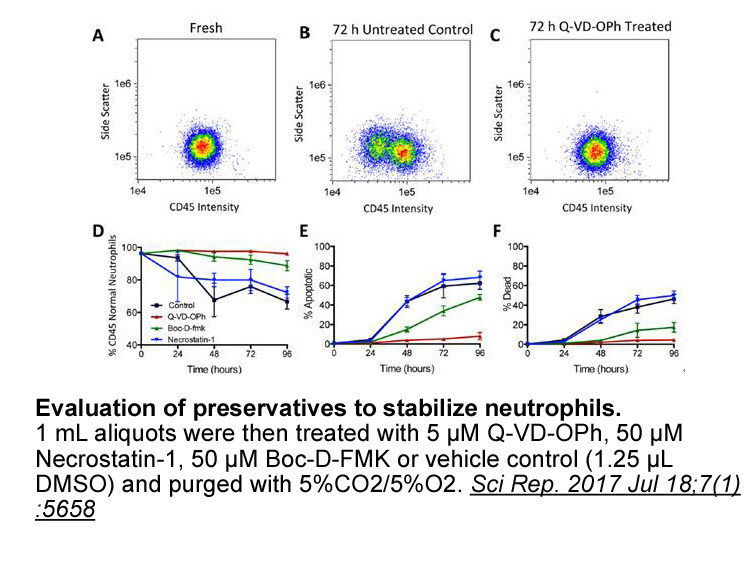
The first natural product described as 5-LO inhibitor was the polyphenol nordihydroguaiaretic Resiniferatoxin australia from the Mexican dessert plant Larrea divaricata in 1981 (Bokoch and Reed, 1981), short after the initial identification of 5-LO in 1979 (Borgeat and Samuelsson, 1979). Long time
-
To test the compounds metabolic stability
2025-01-15
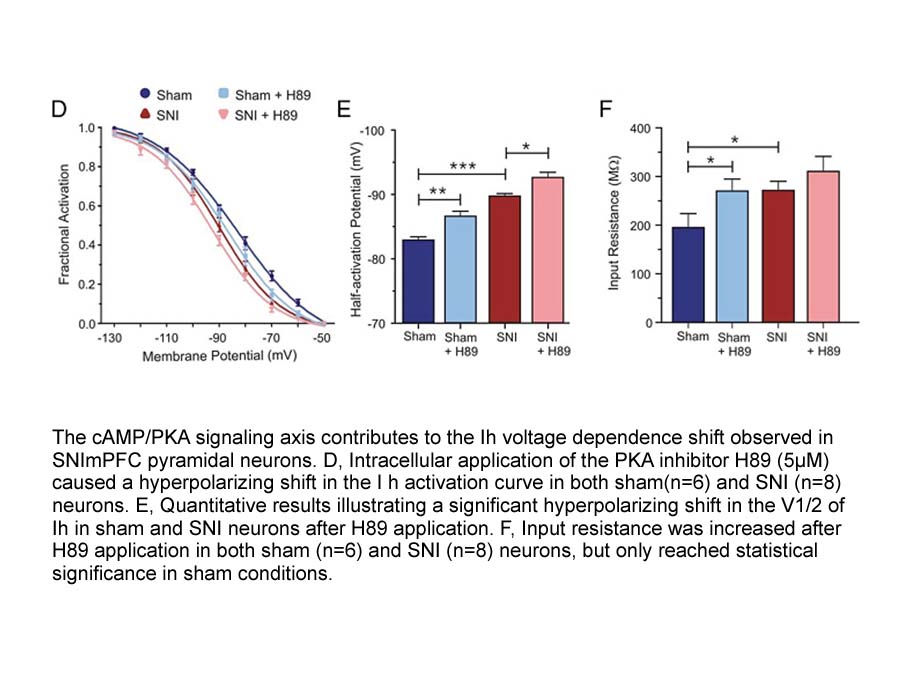
To test the compounds metabolic stability, we measured the half-life of compounds and in mouse hepatic microsomes (1mg/mL) and found them to have modest stability, with half-lives of 7.5 and 2.9min respectively, indicating these compounds may be unsuitable for studies. In order to gain structural
-
If the lack of specificity
2025-01-15
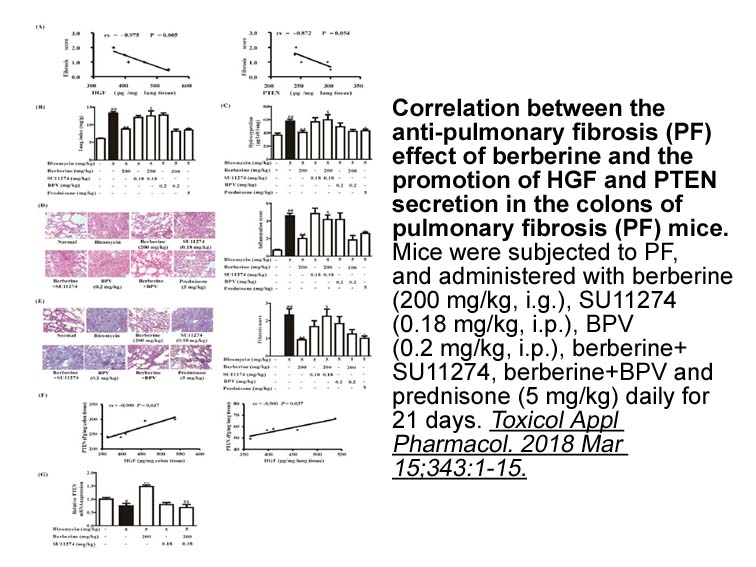
If the lack of specificity and the high pleiotropy may represent a problem in view of the potential chemotherapeutic features of autophagy-inducing agents, it Green tea extract may switch into an advantage in the case of chemopreventive strategies. In fact, as non-pharmacologic interventions such a
16240 records 28/1083 page Previous Next First page 上5页 2627282930 下5页 Last page